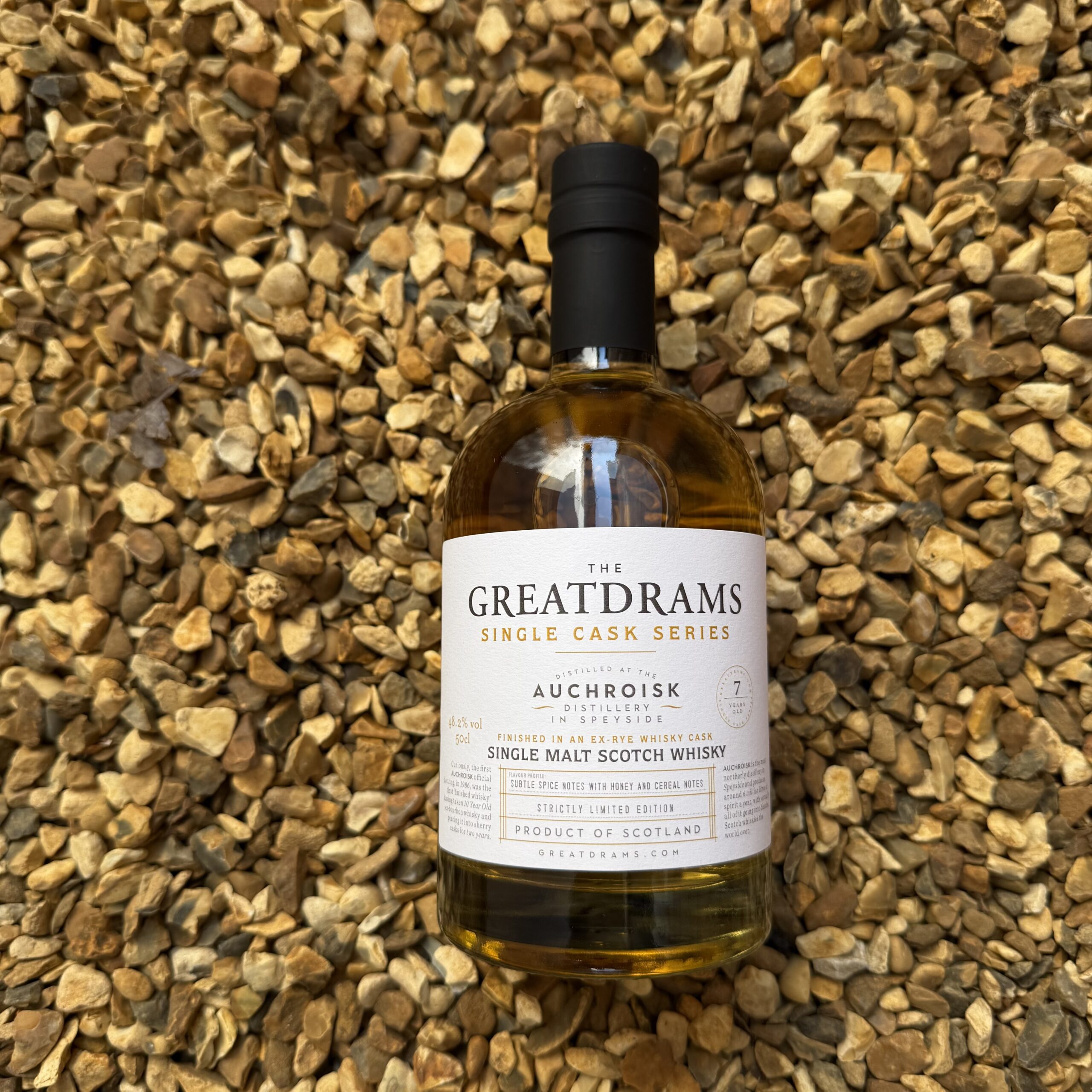Qualities to Look for in a Fine Whisky
If you’re clued up on your whisky, you’ll no doubt have tasted your fair share of drams over the years. Some will have been nice, some decent, some awful, and hopefully for you, some absolutely fantastic.
Finding a whisky that ticks all your boxes is not easy. When I first got into whisky it took me years to find my favourite. Once I did find it however, that was it, I was hooked. It made the hardship of me having sampled all those other whiskies in the past totally worth it.
Recently I was fortunate enough to attend a tasting event, where I got to try a number of amazing whiskies. One thing I noticed was that each person in attendance seemed to have a personal preference. Some liked the stronger, heavily peated, smoky drams, while others preferred to fruitier Speyside whiskies or the smoother blended drams.
This got me thinking about how different our tastes and preferences are, and how important it is to find a whisky that works for you. Because of this, I’ve decided to compile a quick list today of the qualities to look for in a fine whisky.
Colour
They say you should never judge a book by its cover, but come on, you all know how appealing that amazing caramel-coloured liquid gold looks both in the bottle, and then the glass.
At whisky competitions and scoring events, one of the criteria that whisky judges look at when scoring a whisky is the colour. Furthermore, nearly always, they’re looking for a natural colour.
When whisky first enters a cask for maturation, it’s clear as water. It takes on its colour as it matures, thanks to the oak wood that the cask is made of, the charring inside the cask, and the tannins in the wood.
Some whiskies are artificially coloured to help give the whisky a darker colour, and sometimes that’s okay. Not all artificially coloured whiskies are bad, it’s just that sometimes artificially colouring a whisky can be a way of cutting corners and making a whisky look older, and more complex, than it actually is.
My advice to you would be to go with a naturally coloured whisky, or at the very least, to have a taste before you buy.
Chill Filtration or Non-Chill Filtration
Usually, unless it is a cask strength whisky, whisky is diluted with water to reduce the ABV percentage and bring it down to around 40% – 50% ABV. The problem here is that diluting the whisky causes it to become cloudy.
In the cask, natural oils in the wood seep out and infuse into the whisky. When the whisky is diluted, the oils from the wood and the alcohol emulsify, giving a cloudy appearance. The taste is fine, but it doesn’t look great.
Some companies will cool down the whisky to help clear it. This is known as chill filtering. The problem here is that heavier oils in the whisky will become more viscous so they can be filtered out. This can affect the mouthfeel.
Mouthfeel is another important quality in whisky and chill filtering often negatively affects this. You don’t want it to feel like you’re drinking whisky-flavoured water, so ideally look for non-chill filtered whisky.
Mouthfeel
Speaking of mouthfeel, that’s another important characteristic to look out for.
Again, a lot of whisky critics and judges will look for a nice mouthfeel on a whisky as this can help give it character, depth, and can influence the flavour.
Different people prefer different mouthfeels. People often assume that a good mouthfeel is all about velvet smoothness, creaminess, and oiliness, like a thin syrup perhaps. In truth, some amazing whiskies can have a “rough” mouthfeel that almost feels a little sharp or grainy.
The important thing to remember when it comes to mouthfeel, is the fact that you need to feel something. Like I said earlier, if it just feels like drinking a whisky flavoured water, chances are that’s not a great dram (pardon the pun).
Nose, Taste, and Finish
When people review whiskies, generally they look at the nose, the taste, and the finish.
The “nose” is basically the aroma of the whisky. Before drinking the whisky, one of the best things to do is get your nose right into the glass and smell it. Here you’ll pick up all kinds of weird and wonderful scents, that will tell you a lot about the whisky and also enhance your drinking experience.
The taste is self-explanatory. Here you’ll taste all kinds of different flavours. Common ones including things like, honey, vanilla, caramel, orange, spice, nuts, oak, smoke, and so on.
As for the finish, this refers to any lasting tastes and flavours you might still be getting after swallowing the whisky, as well as mouthfeel. Can you still taste the same flavours after swallowing the whisky or are there different ones now? If so, do they linger and last a while or do they disappear quickly.
At the end of the day, it all boils down to personal preference, but hopefully the qualities above will have helped you find your perfect whisky. Of course, if you do need a hand, here at GreatDrams.com we’ve all manner of premium quality, limited edition, and award-winning whiskies to suit all palates and budgets, so be sure to take a look at what we have in.
Photo by Natalie Parham on Unsplash












